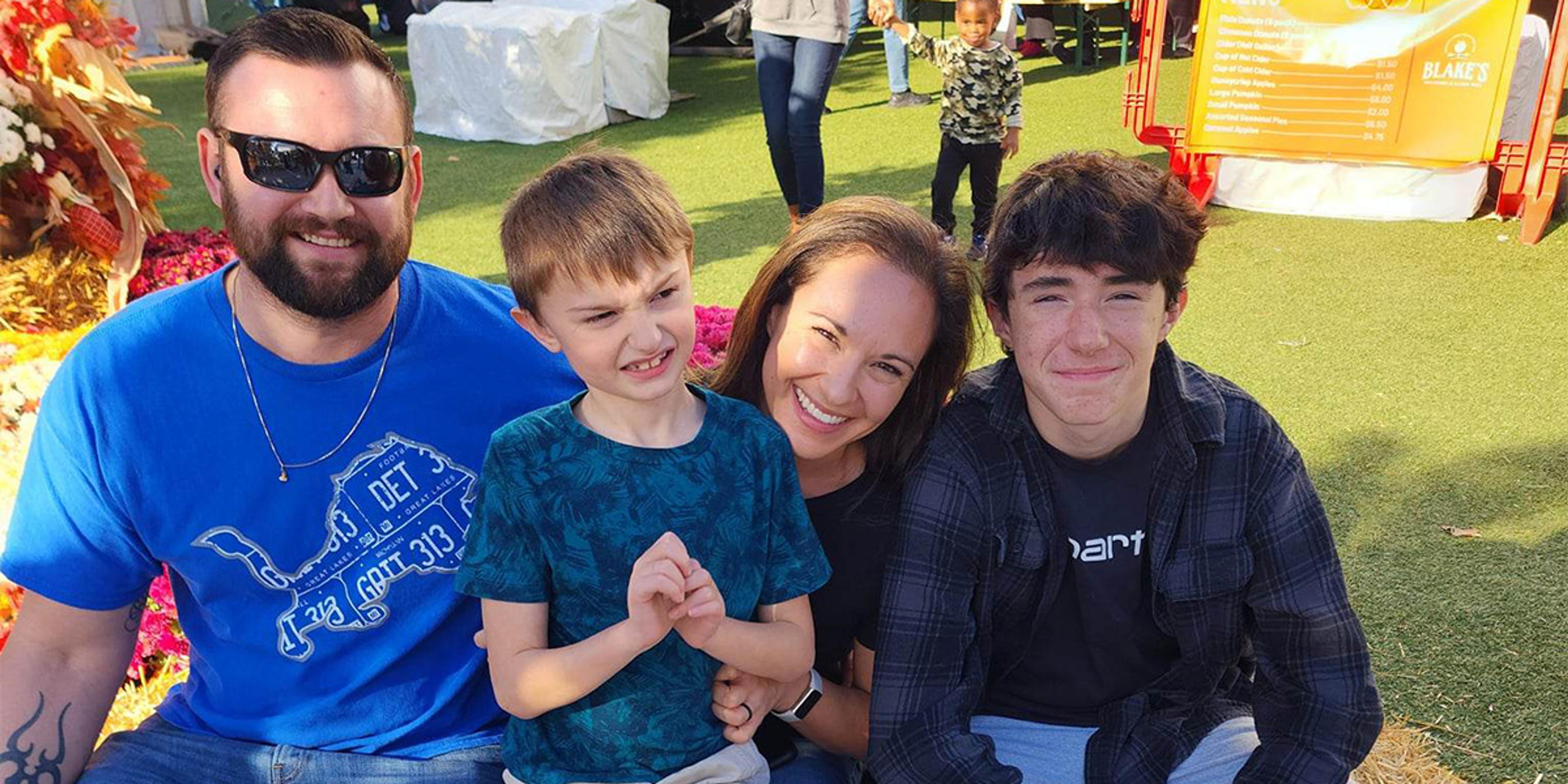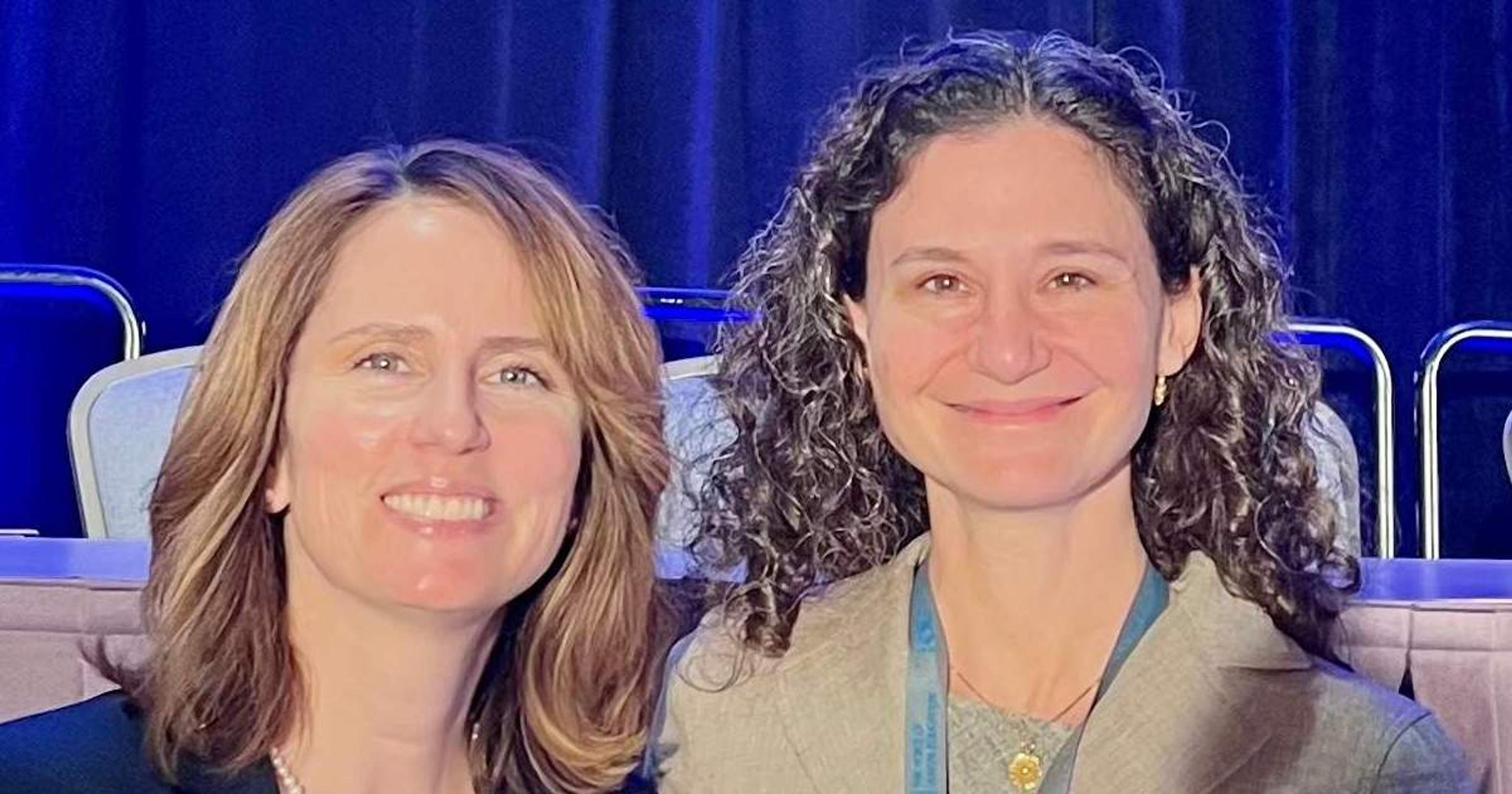How a Detroit Hospital is Fighting Violence with a Public Health Approach
Julie Bitely
| 8 min read

Despite parts of Detroit’s revitalization and renewal, violence is still an everyday reality for many in the city. Gunshot wound and stabbing victims show up at Sinai-Grace Hospital’s emergency department for medical treatment most days. Between 2009 and 2013, the hospital averaged over 600 cases per year – almost two cases per day. For the men and women who end up in those hospital beds, their first violent encounter puts a clock in motion. While trauma recidivism rates vary based on study methodology and city, most show that the highest risk of re-injury is within two years of the initial injury. Of particular note, a study that took place in Detroit back in the 1980s found that of young people treated for assault, 44 percent would be re-injured within five years, including 20 percent who would die. “The biggest predictor of a violent injury is the fact that you’ve had one before,” said physician Tolulope Sonuyi. In fact, violence is the leading cause of death for Detroit residents ages 15-34. Breaking that cycle of violence through a public health approach is at the heart of D.L.I.V.E., which stands for Detroit Life is Valuable Everyday, a violence intervention initiative that was founded by Sonuyi. A short walk from the emergency department is a small, non-descript office that serves as the program’s headquarters. Sonuyi serves as the medical director and principal investigator for the program, which officially launched in April 2016 after being awarded grants from the DMC Foundation and the Skillman Foundation. As the groundwork for D.L.I.V.E was being laid, Sonuyi recruited community leaders Calvin Evans and Ray Winans to serve as Violence Intervention Specialists and further develop the initiative. They work together as a team, along with the help of volunteers and hospital staff to change the fates of victims of violence before they end up re-injured, or worse, dead. So far, their efforts are paying off.
Left to right: Calvin Evans, Tolulope Sonuyi and Ray Winans are the faces behind D.L.I.V.E. Photo credit: Julie Bitely “Nobody to date has been re-injured or killed,” Sonuyi said of D.L.I.V.E’s first year about the participants who’ve taken part in the program. “More specifically, we have participants who have demonstrated resilience, are receiving mental health counseling, have become employed and have voiced their desire to no longer retaliate against their perpetrator.” Defining the problem A Blue Cross Blue Shield of Michigan Foundation grant to the Wayne State University Department of Emergency Medicine helped Sonuyi conduct an updated retrospective review of the hospital’s trauma recidivism rates. The data will be used as a baseline to determine the overall effectiveness of D.L.I.V.E’s intervention approach. While the final results of the study are still being analyzed, Tolulope said trends from the emerging research show a correlation between mental illness and a person’s risk for recurrent violent injury. It also aligns with previous recidivism rates, particularly the statistic that re-injury is most likely to occur within two years of injury, confirming the need for immediate intervention to prevent reoccurrence. “The research helps to reinforce the concept that trauma from violence behaves like a chronic recurrent disease with devastating effects if left untreated,” he said. Moving forward, he hopes the research will spur a multi-systems change, starting at the health care level. Sonuyi said the research is informing his current effort with emergency medicine residents to create a mechanism by which previous interpersonal violent traumatic injuries are included in a patient’s medical history along with specific questioning about mental health and substance abuse history. “This not only helps to identify individuals at risk for future injury, but in a broader sense is a step in the necessary paradigm shift that is required amongst health care providers and systems to view trauma from community violence as a disease process just like cerebrovascular disease or asthma,” Sonuyi said. Born into violence Much of the success of the intervention program rests with Evans and Winans, Sonuyi said. “The effectiveness of the initiative is owed to the intelligence, creative talents, and commitment of Ray and Calvin,” he said. “If you do not have individuals who command respect, have the ability to engage, lead, strategize, and have a willingness to learn, then all you have is a good idea on paper.” To understand the relationships they’ve been able to forge with victims, you have to understand where the men come from. They’d be the first to admit they’re not perfect, but acknowledge they started from a place without a desirable path to follow. Winans’ grandfather was murdered while he was still in the womb. “I never got a chance to meet him,” he said His dad was killed when he was nine, his first close encounter with violence. Now 38, he’s spent 29 years exposed to violence, perpetrating violence and now helping to prevent it. He quit a good job to come work with D.L.I.V.E, which speaks to how much he believes in the program. It hasn’t been an easy year, but it’s one that’s left him fulfilled. “This work is not easy,” Winans said. Evans was abused as a child and he watched his mom get beat as well. As he says, he was “in, of and around (violence) his entire life.” “Part of our healing is helping others heal,” he said. A multi-faceted approach The hospital serves as a unique entry point to meet potential program participants’ at a critical time. Sonuyi explains that after trauma, individuals are sometimes more open to embracing an opportunity for healing and change. “We provide that crucial transformation that eventually bridges the gap and creates the link between our young adults and the uptake of community resources,” he said. When a young man or woman comes in with a violent injury and decides to participate in D.L.I.V.E., the goal is to address their safety, immediate needs, and place them on a path of healing, success, and prosperity. “Our approach is nuanced and rooted in trauma-informed care,” Sonuyi said. D.L.I.V.E works with participants to develop a customized therapeutic goal plan, which could include areas such as education, physical fitness, community engagement, obtaining health insurance, securing employment or enrolling in a training program, mental health education and counseling, or working on personal and family security through housing – all areas that comprise of some of the psychosocial determinants of health. Gaining trust so that people want to be part of the program is something Winans and Evans work hard at. Many times they’ll start with the victim’s support system. When a mom or girlfriend show up at the hospital, they’ll gauge the situation and the relationship and proceed from there, offering support and comfort, while also offering their services for the victim. When someone does enroll in the program, it’s a matter of finding out what they want to change about their life and going from there, Evans explains. “Let’s focus on developing a relationship through the most important thing to you and everything else flows from there,” he said. Once someone listens to a survivor of violent injury and honors their dreams and desires, it’s easier to help with practical matters like earning a GED or obtaining a driver’s license. Evans said he and Winans really see the people they’re helping as people, not criminals or at-risk. It’s treatment he didn’t get when he ended up in the emergency room as a young man, first with a stab wound, then with a gunshot wound several months later. About one year after being shot and treated in the hospital, he found himself in prison. “It would seem that someone ought to have treated me with an intervention, as opposed to traumatizing me further,” he said. As for Winans, a self-described hugger, it’s about being there for each individual, sometimes at the expense of his sleep or family life. He’s willing to give rides to work when cars break down, secure household items for moms with young children, and simply be there at a moment’s notice. Whatever these victims need, the intervention specialists try to help. “It’s most definitely a lot of sleepless nights, a lot of crying, a lot of frustration, a lot of sacrificing of self to protect others,” Winans said. There are a lot of tools in the community that can destroy people – drugs, alcohol, guns – and Winans seeks to empower, one soul at a time. “We see the potential with these folks,” he said. “Let us be a tool in your toolbox that you can utilize to rebuild your life.” What if? In their day-to-day work, the faces of D.L.I.V.E. know their work can change lives. They’re also haunted by the young people they couldn’t reach, which leaves lingering questions. What if the program had started sooner to reach the 21-year-old man who arrived at the hospital dead on arrival after being treated for gunshot wound injuries just two months prior? What if the murdered 17-year-old had lived and been given the chance to utilize their services? After hearing his mother’s screams and seeing his body, Winans thought “that could have easily been one of our guys.” What if there had been a D.L.I.V.E. when Calvin was stabbed and shot on two separate occasions and treated at Sinai-Grace? Sonuyi wonders what would have happened if a public health intervention approach had started sooner, back in the 1980s when a study out of Henry Ford Hospital first brought the recidivism issue to light in the city. While he can’t go back and change that, he said it’s important to look at the numbers, move them in the right direction and hold everyone in the process accountable. “This is why we’re here. If you don’t intervene in these types of things, the cycle continues,” Sonuyi said. “It’s time to really understand the multi-layered ways in which trauma violence has a devastating toll on the social capital of a community – and if we are truly going to improve upon the social capital of our community, then systems and resources need to be aligned in the right fashion to truly reach those directly affected by the problem.” If you enjoyed this story, you might also like:
- New BCBSM Foundation Website Makes Applying for Grants Easier
- BCBSM Foundation Takes on the Nursing Shortage
- Could Childhood Stress Cause Hypertension?
Main image photo credit: frankieleon





